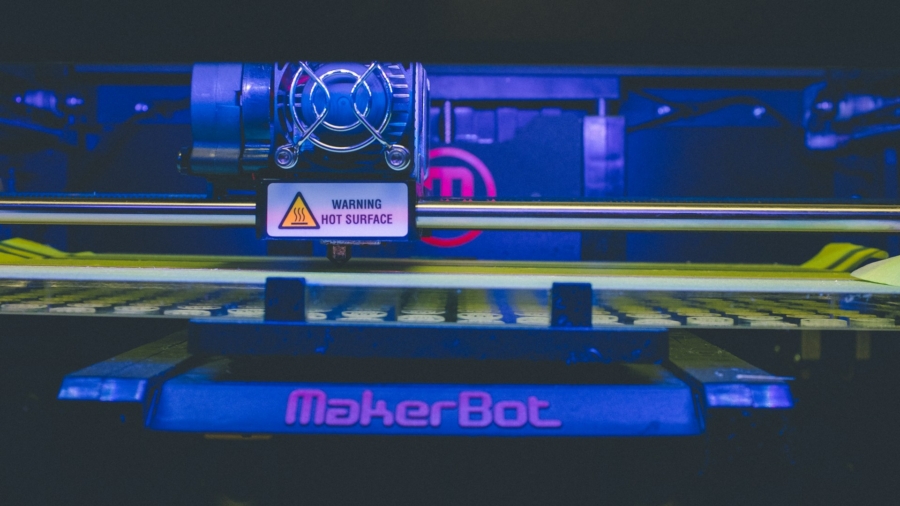When we think about construction, towering skyscrapers or sprawling bridges typically come to mind. However, some of the most impressive feats of engineering take place underwater. These projects come with unique challenges, such as extreme pressure, corrosion, and access constraints.
The solution? Innovative technologies are revolutionizing underwater construction methods, making them more effective, sustainable, and precise than ever before.
This blog will explore how cutting-edge tools and techniques, like articulated concrete mats, are driving progress in this critical industry and reshaping complex underwater projects.
Innovative Techniques for Stabilizing Marine Environments
Underwater stability is a top priority for construction projects, especially for pipelines, cable crossings, and coastal defenses. Articulated concrete mats have become a go-to solution for this purpose.
What are Articulated Concrete Mats?
These interconnected concrete blocks, often linked by durable cables, are laid on submerged surfaces to provide stability and protection.
Highly flexible and customizable, these mats can adapt to a variety of seabed conditions, making them invaluable for securing pipelines and protecting sensitive marine habitats from erosion or external damage.
Why They’re a Game-Changer
Articulated concrete mats are designed to be easy to deploy, reducing installation time and costs. Additionally, their robust nature ensures longevity, minimizing the need for frequent maintenance or replacements.
Robotics Leading the Way in Precision and Efficiency
Gone are the days of relying solely on divers for underwater construction. Instead, highly advanced robotic systems are now performing tasks requiring precision and safety.
Underwater Drones and ROVs
Remotely operated vehicles (ROVs) and underwater drones are revolutionizing construction monitoring, inspection, and repair. Equipped with high-definition cameras, sonar, and manipulators, these technologies streamline operations in challenging underwater environments.
Benefits of Robotics in Underwater Construction
- Increased safety by reducing human intervention in extreme conditions.
- Enhanced accuracy in placing concrete structures and pipelines.
- Significant time savings compared to manual approaches.
3D Printing Below the Surface
The advent of 3D printing isn’t just impacting land-based projects; it’s also proving to be a pivotal technology underwater.
Print-on-Demand Structures
3D printing underwater allows for the construction of tailored structures on-site, from anti-erosion seabed features to specially designed marine habitats. This capability removes the need for extensive material transportation, offering a sustainable alternative.
How It Improves Efficiency
By using 3D printing, underwater construction teams achieve greater design flexibility and adapt to unexpected challenges, such as irregular seabed terrains or changing environmental requirements.
Advanced Materials for Durability
The success of underwater construction hinges largely on the durability of the materials used. Recent advancements have focused on materials that perform better under aquatic conditions.
Corrosion-Resistant Alloys
These innovative alloys are engineered to withstand the corrosive effects of seawater. Commonly used for structural components, they promise a longer lifespan, reducing overall project maintenance costs.
Self-Healing Concrete
One of the most exciting innovations in materials science for underwater construction is the development of self-healing concrete. Containing bacteria that activate when cracks form, this concrete repairs itself over time, extending the life of underwater structures like walls and breakwaters.
A Strong Focus on Sustainability
Sustainability is more critical than ever in construction, especially when it comes to protecting marine ecosystems. Innovative technologies aim to minimize environmental impact while ensuring project success.
Eco-Friendly Mooring Systems
Advanced mooring technologies use biodegradable materials and low-impact techniques to anchor underwater structures without disrupting the delicate balance of marine life.
Renewable Energy Integration
Underwater construction is now increasingly tied to renewable energy projects, such as offshore wind farms and tidal energy systems. These projects directly contribute to reducing the reliance on fossil fuels and mitigating their environmental impact.
The Role of AI in Underwater Construction
Artificial intelligence (AI) is playing a substantial role in advancing underwater construction. From predictive modeling to real-time monitoring, AI applications are enhancing every stage of underwater projects.
Predictive Analysis for Site Selection
AI algorithms analyze large datasets to identify the most suitable construction sites, reducing risks and ensuring optimal placement.
Real-Time Monitoring and Maintenance
AI-powered systems monitor underwater structures continuously, identifying potential issues like structural deformities or material degradation. Predictive maintenance reduces downtime, increasing overall efficiency.
Harnessing the Potential of Underwater Innovations
Underwater construction projects are no small feat—they require cutting-edge technologies and materials to succeed. From articulated concrete mats securing the seabed to robotics improving safety and efficiency, the possibilities for innovation are immense.
By leveraging these advancements, the industry is on a path to more sustainable, cost-effective, and high-performance underwater construction.
Are you looking to explore more about the latest innovations shaping underwater construction, or need expert insights into technology applications? Stay connected as we continue uncovering impactful developments in the world of engineering technology and design.

